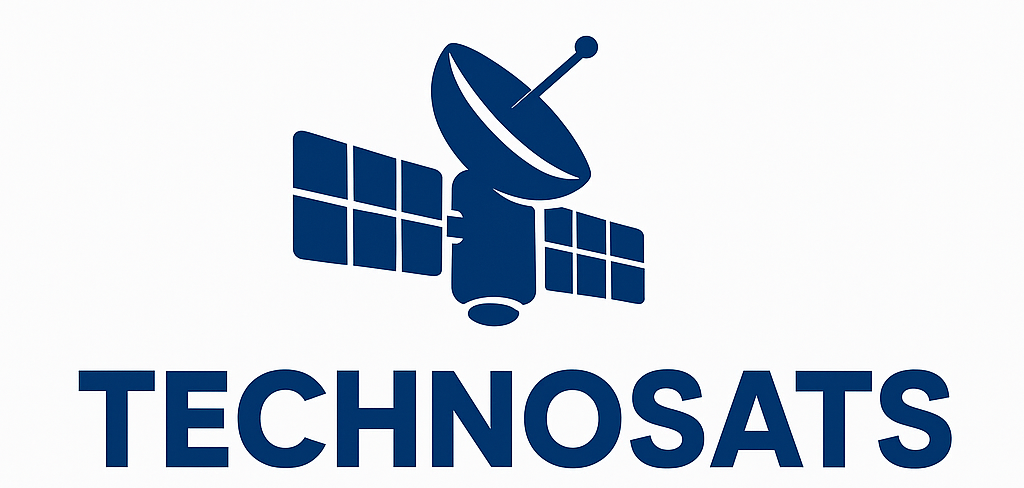
How to Connect an OVHD Decoder: A Simple DIY Guide.
Setting up your own OVHD decoder is easier than you think! Whether you’ve just purchased a new Openview HD decoder or you’re relocating it to another room, this step-by-step guide will walk you through the entire installation process—no technician needed.
Required Items:
Before you begin, make sure you have the following:
- OVHD decoder (e.g., Space TV, UEC, or any compatible model)
- Satellite dish (minimum 80cm recommended)
- LNB (Low-Noise Block downconverter)
- RG6 coaxial cable with F-connectors
- TV set with HDMI or AV input
- HDMI cable (or RCA cables for older TVs)
- Power adapter for the decoder
Step 1: Position and Install the Satellite Dish
For OVHD, the dish must point to the IS20 satellite at 68.5° East. Here’s how to set it up:
-
Mount the dish firmly outside where there are no obstructions like trees or buildings and a good view of the sky.
-
Depending on where you are in South Africa, set the elevation angle to between 38° and 40°.
-
Using a satellite finder or an app such as “Satellite Pointer,” adjust the azimuth (left-right angle) toward the east.
🔧Pro Tip: An OVHD-compatible LNB can be used with the same DStv dish if you’re replacing an existing configuration.
Step 2: Connect the LNB to the Decoder
-
Connect the coaxial connection from the LNB of the dish to the OVHD decoder’s LNB IN connector on the back.
-
For a strong connection, make sure the F-connectors are screwed in firmly on both ends.
Step 3: Connect the Decoder to Your TV
- To connect the decoder to the HDMI port on a modern TV, use an HDMI cable.
- For older TVs: Use RCA (red, yellow, white) cables to connect the decoder to the TV’s AV ports.
Switch your TV’s source/input to HDMI or AV, depending on which method you used.
Step 4: Power On and Configure
- Switch the decoder on and plug in the power adapter.
-
-
The decoder will start a wizard setup if this is your first time setting up:
-
Choose “Installation” > Auto Scan.
-
Make sure the satellite is set to IS20.
-
Scan for channels—this may take a few minutes.
-
-
After that, a list of available OVHD channels will appear.
-
Step 5: Activate the Decoder
-
If you haven’t activated your decoder yet, you can do so by:
-
SMS (the box generally contains instructions)
- Visit www.openview.co.za for online
-
Or call OVHD customer care with your STB number (on the decoder’s label)
-
Troubleshooting Tips
- Not a Signal? Verify the cable connections and dish alignment, or try restarting the decoder.
- Are You Missing Channels? Make sure that the frequency is right by performing a manual scan:
-
-
-
Frequency: 11170 MHz
-
Symbol Rate: 30000
-
Polarization: Vertical
-
-
Conclusion
If you follow the correct steps, connecting your OVHD decoder on your own is simple. In no time, you’ll be watching your preferred free-to-air channels, saving money and gaining some tech confidence with our do-it-yourself approach.
Want more guides to satellite TV? For anything satellite, signal, and smart watching related, keep exploring Technosats!





